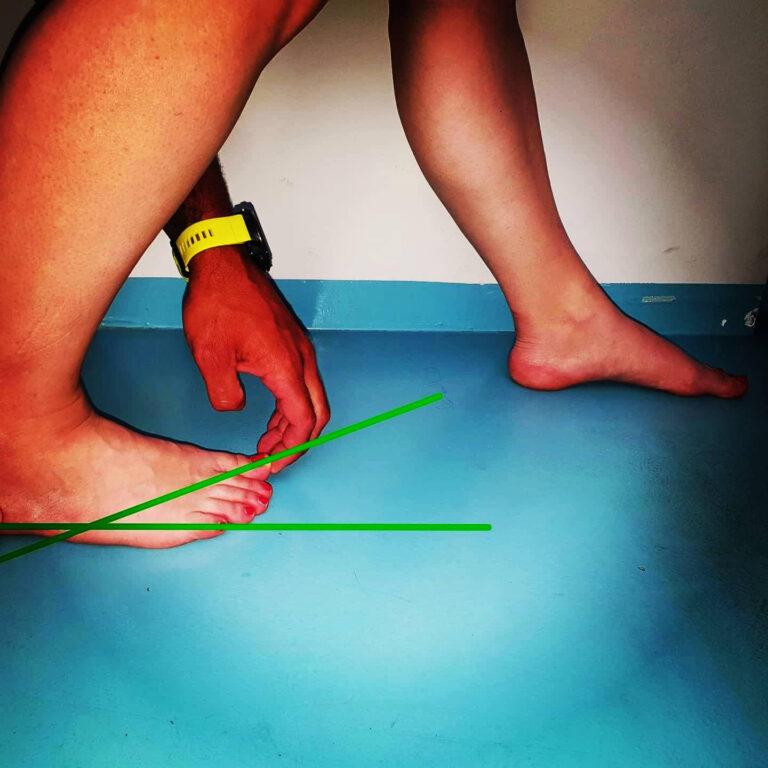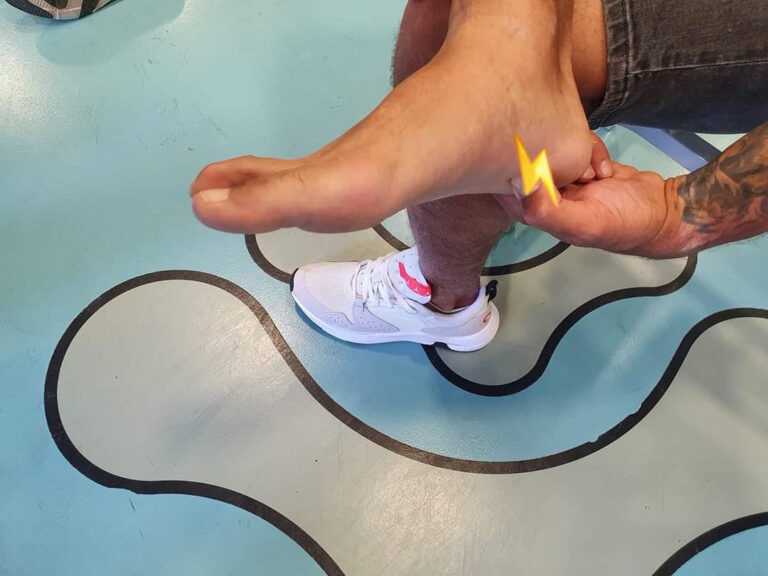- Running and swimming, must know
- Under what conditions can running on the beach be a risk for the musculoskeletal system?
During summer months many patients ask us whether it would be a good idea to go running on the beach. Like in most questions of that nature there is never a straight answer. Each activity may have positive outcomes for some individuals and for others to increase chances of getting injured. Another common example of a summer sports activity is swimming. Swimming is great for individuals suffering from arthritis or rheumatic diseases because it activates joints without the impact of body weight which eases inflammation on the musculoskeletal system and increases the cartilage strength. However, if an individual, suffering from top arm joint issues, like shoulder impingement syndrome, shoulder instability, long head bicep tendonitis and more, goes swimming in order to exercise it may exacerbate the problem.
Similar things apply to running on the beach. There is a big difference between running with or without shoes and running on various ground surfaces (sand, racing circuit, asphalt). While running barefoot sole mechanoreceptors are strongly activated compared to running with shoes. This way the individuals’ foot awareness of space and posture strengthens and therefore, cognizance of muscle joint control, the tarsal bone and the foot overall. In addition, running on rough terrain increases neuromuscular synergy (meaning, the muscular simultaneity for the execution of a movement in the most efficient way with the least energy cost) and the muscle response speed to external stimuli.

Based on the above, running on the beach is ideal for individuals who seek to rehabilitate from strains or are prone to strains. Furthermore, it helps people with musculoskeletal conditions that stem from irregular pacing. Musculoskeletal conditions of this sort include inflammation of the plantar fasciitis, lower limp tendonitis (Achilles heel, foreleg), heel spur and many more. However, if an individual suffers from arthritis in the lower limb joint or lower back pain it would be best to refrain from running on the beach.




